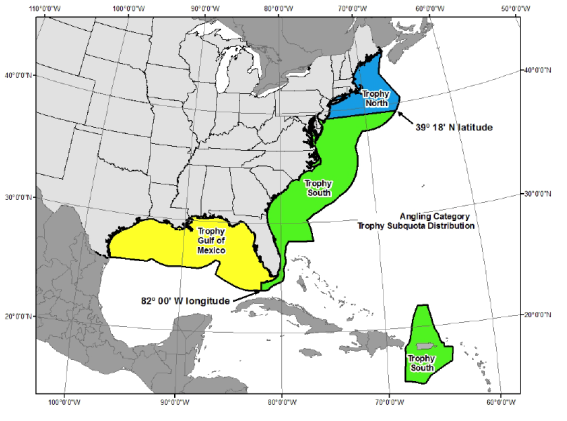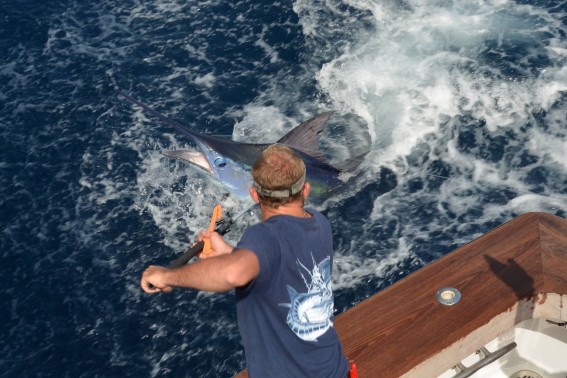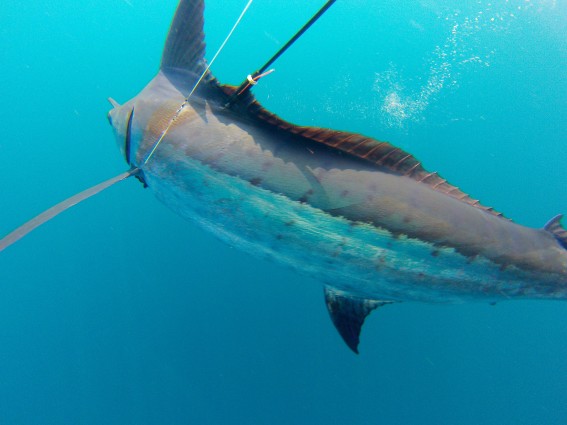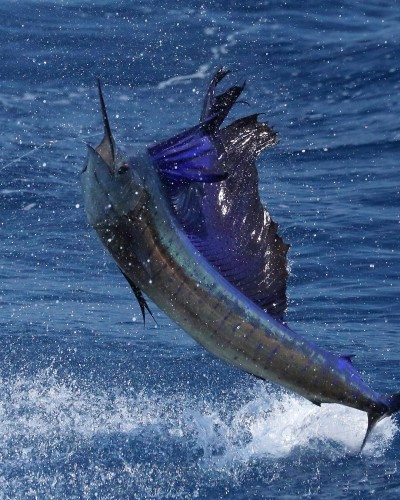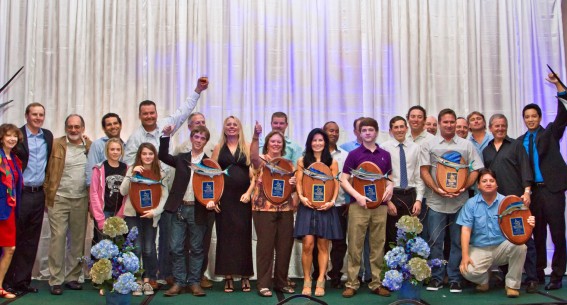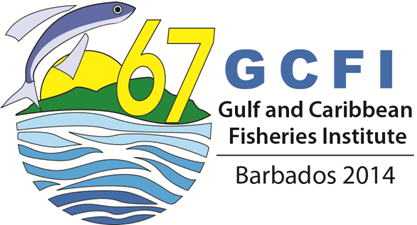
FOR IMMEDIATE RELEASE
Ft. Lauderdale, FL, USA – June 8, 2015 – Today, The Billfish Foundation (TBF), the world’s leading sportfishing conservation organization, announced the winners of its prestigious Rybovich Lifetime Conservation Award – Captain Randolph “Bouncer” Smith of Miami, Florida and recently retired financial advisor John Jolley of Boynton Beach, Florida. The Award is named in honor of the late John Rybovich, a pioneer in billfish conservation and sportfishing vessel design. The presentations will be made during TBF’s annual gala, held this year on Friday, November 6, 2015 at the Harbor Beach Marriott resort on Ft. Lauderdale Beach, Florida.
Captain Bouncer Smith, who fishes aboard Bouncer’s Dusky, a 33’ Dusky center console boat, is being honored for decades of support for billfish conservation and providing a voice on the docks for responsible sportfishing techniques and practices. Bouncer leads by example through release of all his billfish, tagging most of them, which advances billfish science. Smith began fishing in Michigan and on family vacations to Miami learned how to catch and rig his own ballyhoo for sailfishing. When he moved to South Florida in 1957 he worked on driftboats, became a licensed captain in 1968, fished out of Islamorada for a while, then came to Fort Lauderdale, where he brought kite fishing to popular use and promoted downriggers. In 1978 he began fishing his Dusky and became a leader in the development of light-tackle angling. He has set world records and has been awarded and recognized by many organizations for his commitment to fish conservation and advancing innovative fishing techniques and good sportsmanship. Bouncer is a long-term member of TBF and has deployed over one thousand TBF tags, as well as, had dozens of recaptures.
John W. Jolley, Jr. is being honored for decades of support for sound fish science and science-based solutions to management challenges. It was through John’s early career days as a biologist for the State of Florida’s Department of Natural Resources Marine Research Laboratory that provided him with an excellent foundation for serving on the Scientific and Statistical Committee for the Gulf of Mexico Fishery Management Council, as a scientific advisor to the Atlantic States Marine Fisheries Commission and to the South Atlantic Fishery Management Council. John is a long-time member of the West Palm Beach Fishing Club, where he served as president for 30 years and today serves as the Science Advisor. John is an avid billfish angler and long-term TBF member.
TBF is proud to recognize these two outstanding individuals for their contributions to billfish conservation.
TBF is a 501(c)(3) charitable organization, founded in 1986 to conserve billfish populations through research, education and advocacy. For questions, please contact Ellen Peel, President, TBF, at (954) 202-9267 or via email at [email protected].
The post TBF Announces The 2015 Rybovich Lifetime Conservation Award Winners appeared first on The Billfish Foundation.

